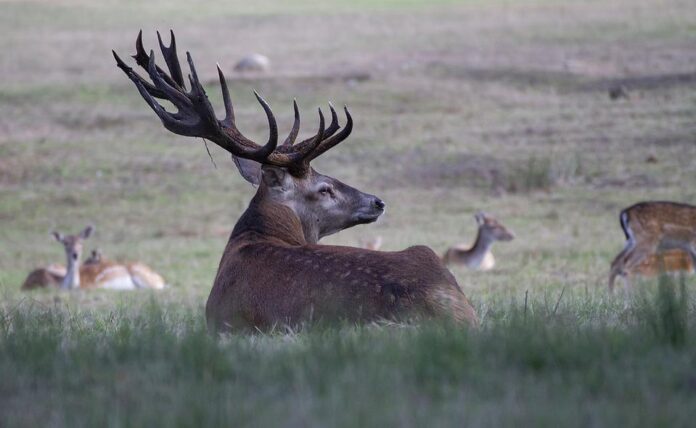If you’re new to wildlife hunting, starting your journey from scratch can be challenging. You may have already seen some hunting-related documentaries or perhaps heard hunting stories from your grandparents.
As hunting various types of animals requires a different set of skills, there are many things you should know before you go to the forest and start looking for a deer you may catch. So, if you want to avoid any irregularities while deer hunting, you should consider informing yourself as much as you can about this topic.
We’ve decided to prepare you for your first deer hunting trip with some basic guidelines and beginner tips regarding the life dynamics of deer that may be helpful along the way. This guide is an excellent tool to start your deer hunting journey, so read on.
- Know the species
Before you grab your weapon and drive off to find your deer target, you may want to consider learning as much as possible about the various deer species you may hunt. Different breeds have different daily activities, which is why this step can save you a lot of time.
The most widespread breed of deer is the white-tailed deer, aka the whitetail of Virginia, a medium-sized deer you may find in the woods of North, Central, and even South America. Look for whitetail deer hunting resources for tips and strategies to hunt them down.
Other hunters choose mule deer, while others hunt down moose. Nevertheless, we advise you to check your country’s laws regarding wildlife hunting and which species you can legally hunt if you want to avoid paying ridiculously high hunting penalties.
- Hunting seasons
Once you’ve researched and decided which species to hunt, you should start thinking about the hunting season you want to choose. As there are different weapons you can use, you must inform yourself about which weapons you may use in different deer hunting seasons.
Two deer hunting seasons depend on the weapon you may use: bowhunting season and firearm season. Bowhunting season lasts from September till February, while firearm season lasts only for a few weeks.
The former lasts longer because it reduces the risk of scaring away various deer species. And while many hunters opt for bowhunting, it takes a lot of practice to understand how to approach the deer closely without scaring it off.
- Understand how weapons work
After you’ve understood how deer hunting seasons work, you may want to start looking for the best weapon choice for deer hunting. While choosing the right weapon is one thing, it’s necessary to understand how it works in the first place.
Bowhunting and firearm hunting requires knowledge in the field of maintaining and using your weapon the right way. If you don’t know how to use your hunting firearm properly, you may risk getting severely hurt when you go off on a hunting trip.
If you’re unsure how to use any weapon for deer hunting, you can always seek help from hunting organizations, pay for a training course, and prepare for the deer hunting season in no time.
- Know your weapons
You can use various weapons for hunting deer, depending on your hunting goals and the hunting season you choose. Learning about different deer hunting weapons may feel overwhelming, but you must understand which weapons will suit your needs best.
If you opt for bowhunting weapons, you can choose between compound bows, recurve bows, and crossbows. On the other hand, firearm hunting weapons offer a broader range of choices like shotguns, rifles, front loaders, etc.
You can also choose a non-deadly weapon to put your target to sleep if you want to train your skills. However, don’t forget that bowhunting requires a closer distance from your target if you wish to succeed with your deer hunting plans.
- Learn the dynamics of your target
One of the crucial things you need to know about deer hunting is to learn how they live, where they eat and sleep, and how they move from one place to another. You can save significant time and effort by familiarizing yourself with their life dynamics.
Due to their incredible adaptation abilities, most deer breeds can live in different habitats. You can find them in forests and woodlots, but you will most likely come across them on edges between different terrains.
Most deer movement is at dawn and dusk, but you can also find them changing their behavior due to hunting activities. They are very active animals and don’t sleep much, so we advise you to search for them when they’re on the move.
Conclusion
Although deer hunting may seem fun, it’s a very challenging activity – you can’t just take your gun and go into the woods. A good hunter needs to be patient, skilled, experienced, and ready for any possible irregularities they may encounter.
Nevertheless, practice and patience can help you learn a lot from deer hunting. By understanding their dynamics, you can always be one step ahead and ready to find your target in no time.
Make sure you get the best out of your deer hunting experience and learn as much as possible about hunting these animals. We wish you happy hunting and a lot of positive and learning experiences on your journey.
































